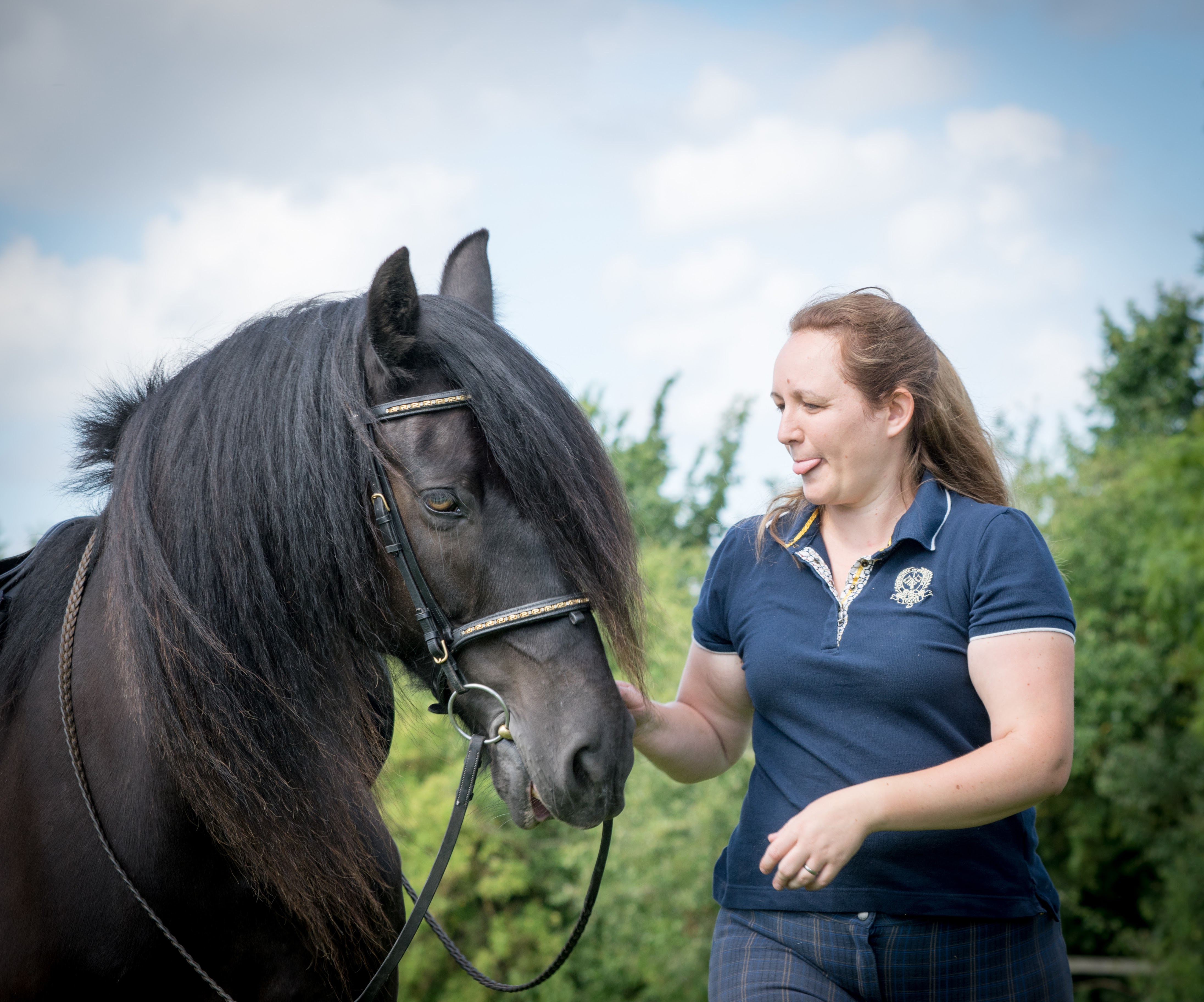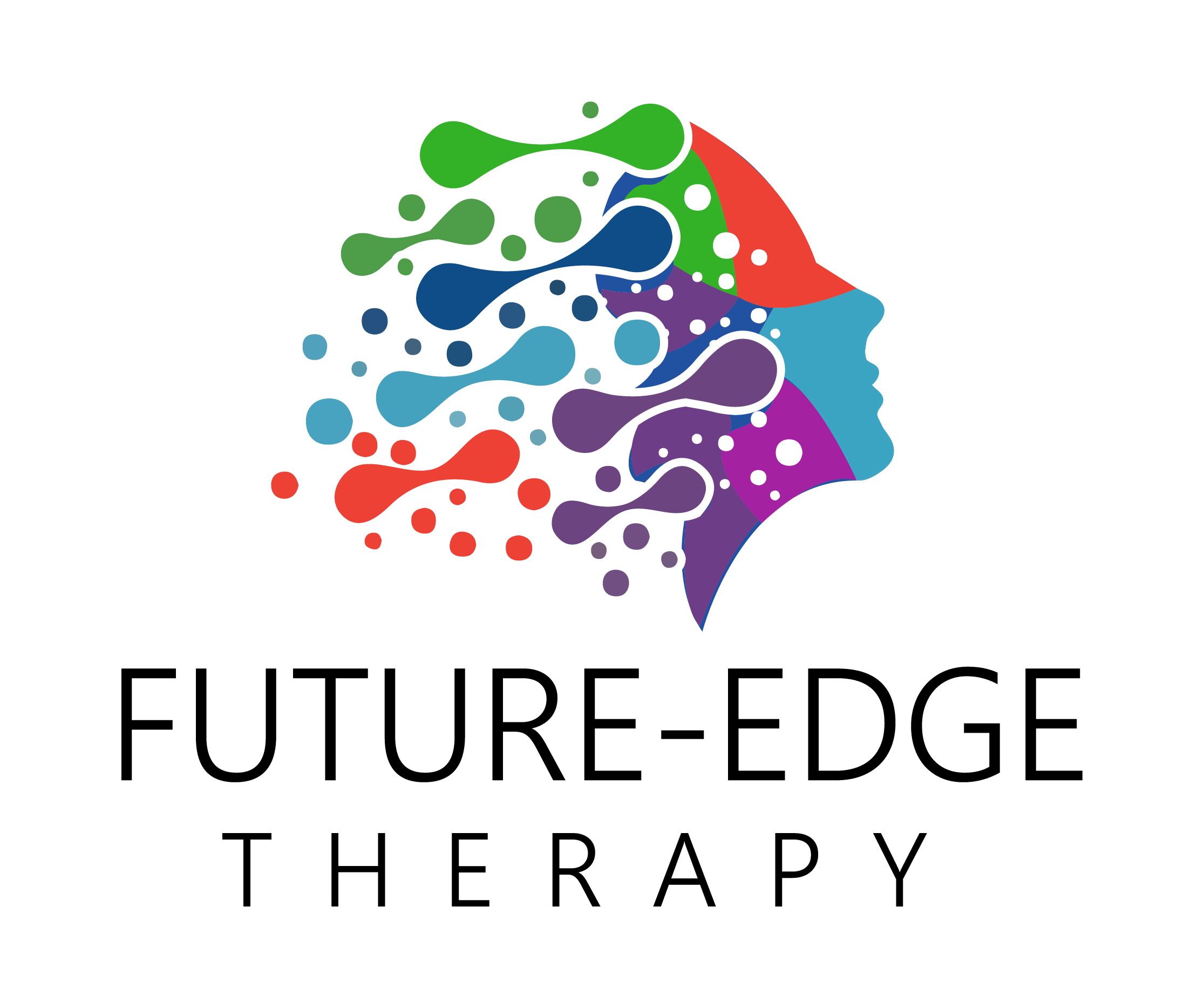
13 May Overcoming an Accident With Your Horse – What to Do to Make a Full Recovery?
What to Do to Make a Full Horse Accident Recovery?
With more daylight hours (and hopefully less rain!), we now have an opportunity to get out and ride.
Whatever your riding discipline, when spring starts to make an appearance we feel more motivated to shed our winter woes, pack the wellies away and start to plan our competition and riding schedule.
However, when horses are involved, we know from experience, it does not always go to plan.
One of the biggest challenges we face is getting back on our horse after an accident or fall. You may have made a full physical recovery, but the mental scars are still there. With the challenges and pressures of everyday life and trying to balance work and family, mental recovery after injury can be a difficult task. Friends and family may be there for you, but do they have the skills to help with your mental recovery? Do they fully understand how you feel?
I feel like I have lost all my confidence!
Whether you are a professional rider or a weekend warrior, confidence effects everyone at some point. The saddest conversations I have with clients are those that are thinking of giving up their horse and riding after a traumatic accident. They suffer a huge loss of confidence, feel emotionally shaken and most say they feel completely out of control. These emotions become overwhelming and starts to affect how the brain thinks, reacts and responds.
I feel completely panicked and my anxiety is high. Why?
You may feel you are the only one who has these feelings and emotions but they are extremely common.
What we need to understand is what’s really underneath those emotions and that’s fear. Fear has a purpose….it keeps us safe, however a part of our brain called the amygdala triggers our warning mechanism and fear kicks in. If you put yourself into a similar situation it sets off warning signals which indicates you are putting yourself in danger again.
Another part of the brain called the prefrontal cortex, struggles to cope with the overload of information available and goes “off line” sending the information to the hippocampus or the thinking part of the brain increasing your cortisol or stress levels inducing anxiety or panic. Your accident memories or the “trauma” from your accident can be described as large puzzle pieces floating around in your head. You simply need to find where each part goes. We need to find a home for each traumatic memory you have. Each memory needs to be allocated to the different parts of the brain which processes trauma to allow the brain to process, understand it better and work its way through the trauma.
Severe trauma and prolonged anxiety and stress could lead to PTSD – post traumatic stress disorder which can only be dealt with by a professional trauma & PTSD therapist, such as Future Edge Therapy.
What do I do now?
Rebuilding your confidence with small steps and allowing yourself the time to recover fully will help you get back to how you were before your accident or fall.
Step 1: Make sure your physical strength is back to what it was like before your accident.
Focus on your core strength so you feel confident in your own ability.
Step 2: Use relaxation techniques like focused breathing, havening and Emotional Freedom Technique (EFT) tapping to help break your negative cycle.
Focused breathing is where you breath in for 5 seconds and out for 7 seconds while thinking of a positive and focussing on breathing through your heart. This lowers your cortisol levels and places you into coherence which is the optimum performance level for your body. EFT Tapping allows you to tap into your body’s energy points. It allows blocks or imbalances to be tapped away using the fingertips. This is hugely effective to control negative thoughts and feelings. Havening is a psychosensory technique which alters the brain’s delta waves. It is a simple 7 step technique which uses touch or rubbing your arms from the shoulder to the elbow.
There are several different ways to use these techniques and lots of information can be found by researching on the internet.
All my clients are taught these techniques and as it helps them identify their negative feelings and emotions so it breaks the anxiety cycle.
Step 3: Think about your self-talk.
What do you tell yourself each day? What is your story? Create new positive affirmations about your core strength, ability to push negative thoughts from your head and love for your horse and riding. Positive affirmations are extremely powerful and help your subconscious believe your “new way of thinking”.
Step 4: Visualize your perfect performance.
If your accident was due to a technical mistake, visualize yourself performing it correctly. Ride your 100 % dressage test or jump at heights you dream about. The more you visualize it and run it through your brain like a movie, the more your brain believes you have already done it. This reduces your anxiety and familiarises you with the environment.
Step 5: Plan your first post-accident ride.
This is one of the most important steps. Use friends, family and your instructor to support you. Think carefully of the environment you want to be in, who do you want around you and what state do you need your mind and body to be like? Ensure you have factored in your relaxation techniques and feel completely ready for it. Often the first post-accident ride has the most anxiety placed on it. Once you have planned and managed it the next become easier and it all starts to feel more in control.
I don’t think I can do it myself
Not everyone has the secret ingredient to simply get on with it. Friends and family may be there for you in spirit but what you may need is professional intervention. Working with a qualified and experienced trauma & PTSD therapist may be the next step for you.
If you have tried the five step approach and working with your trainer has not helped to manage your anxiety or panic it may mean your brain has not worked thought the trauma and is self-sabotaging your feelings, thoughts and emotions. A deeper more targeted approach is needed to break the trauma cycle and help your brain to rearrange the puzzle pieces.
Have you tried a multi-therapy approach?
A multi therapy approach will help to eradicate the trauma memories and help to physically and emotionally place them in the right parts of the brain. This allows the brain to let go of the physical feeling assigned to it by the amygdala. Therapy techniques need to target the different parts of the brain being affected by the trauma.
These techniques include The Rewind Technique which is a non-intrusive, safe and highly effective psychological imagery technique performed once a person is in a state of deep relaxation. It is often integrated with EMDR – eye movement desensitisation and reprocessing. This method detraumatizes an individual, but a key ingredient in all of these techniques is the component that exposes them to the traumatic memory or takes them back to it under a controlled and safe environment and desensitizes them from further or ongoing trauma.
Kinetic Shift is a new ground breaking, dynamic treatment which uses feelings and emotions to bring around change in the amygdala. It is a 7 stage process that supports an individual’s belief system that change is happening. Most people cannot express how they feel about a traumatic event verbally, therefore during Kinetic Shift you don’t have to tell the therapist what it is you need to get rid of or change.
Hypnosis or hypnotherapy allows you to see and deal with significant events and feelings, removes beliefs about yourself from the past and helps you to visualize a better way to forward. Hypnosis can help you search for an answer or solve a problem you may have. It uses relaxation techniques followed by hypnotic suggestions to help you learn to control your thoughts and emotions. It empowers you to feel better about yourself therefore used as a conclusion to trauma recovery therapy sessions.
When you commit to horses and riding in which ever discipline, we need to acknowledge the risks. However, it is important to note many riders do not experience any serious accidents or falls and have wonderful experiences with their best friend. As we all know fear and horse riding don’t go well together. Both horse and rider need to build trust up again. By starting slowly, building up your confidence and working out what the best approach would be, you will overcome the emotional complexity that follows an accident.
Contact Future Edge Therapy
Have you experienced an accident with a horse and wondering how you can make a full recovery? Our team specialise in horse accident recovery, call us today on 07970 011 235, alternatively, you can fill out our online contact form, and we’ll be in touch.
 7 ways to combat anxiety - Free ebook
7 ways to combat anxiety - Free ebook

